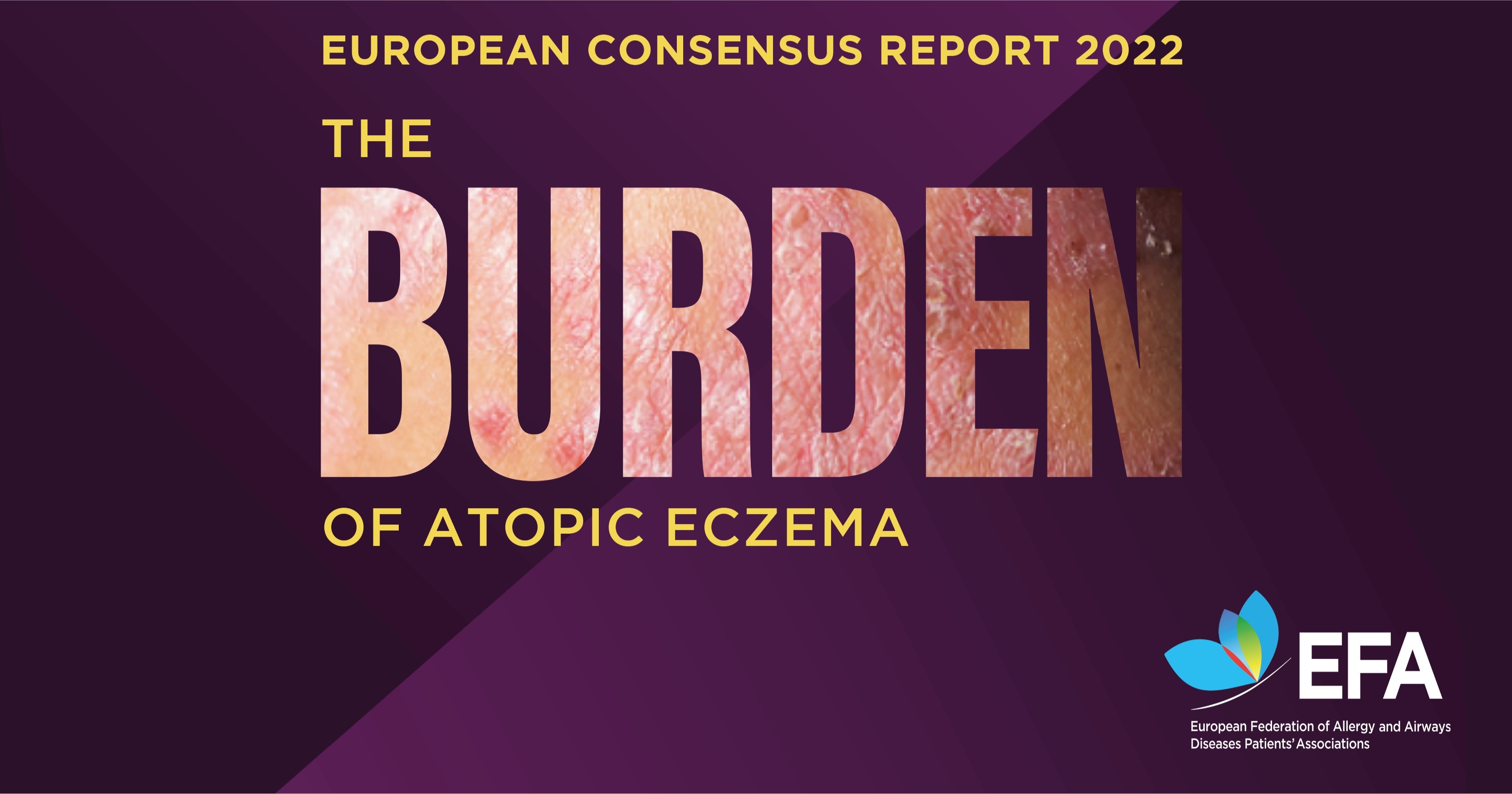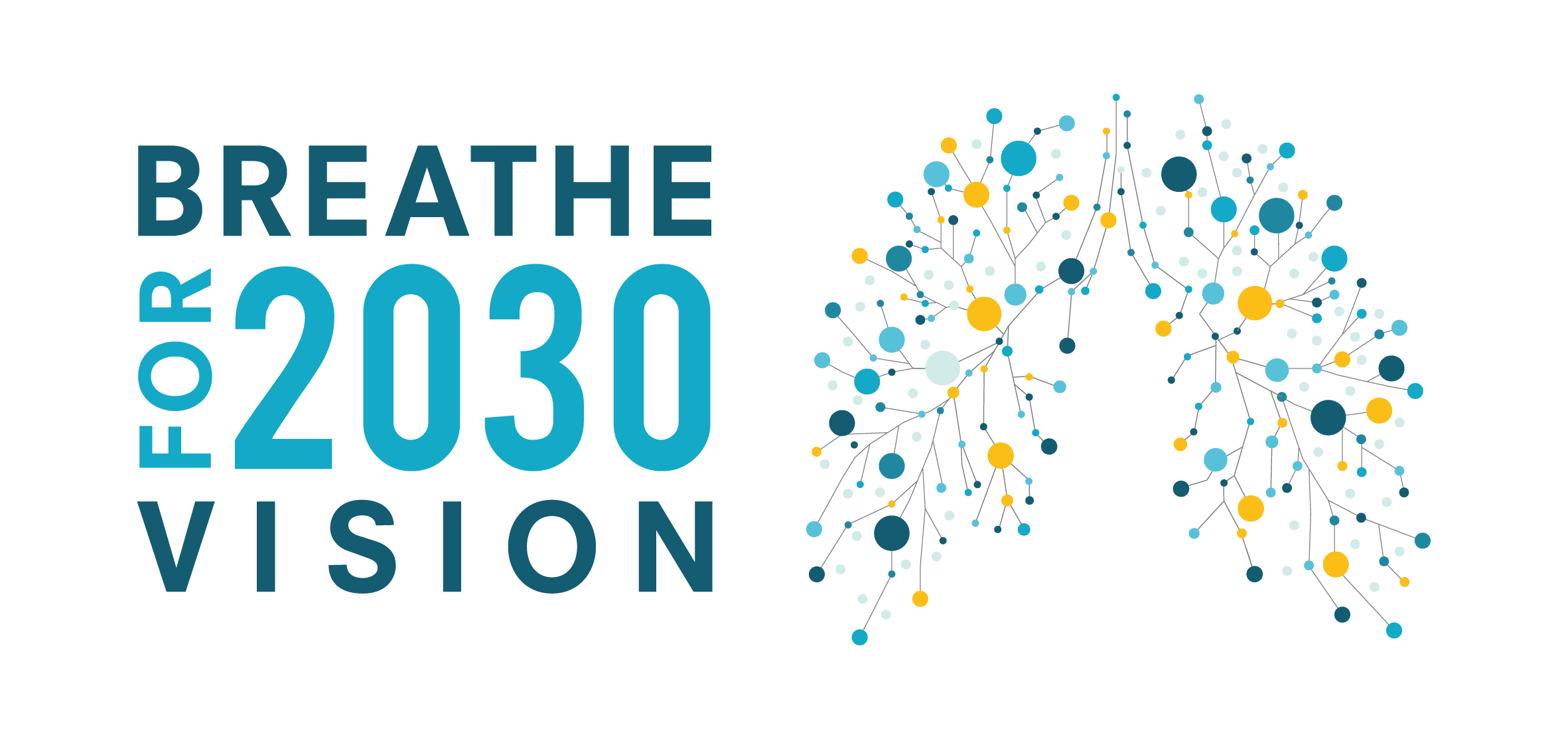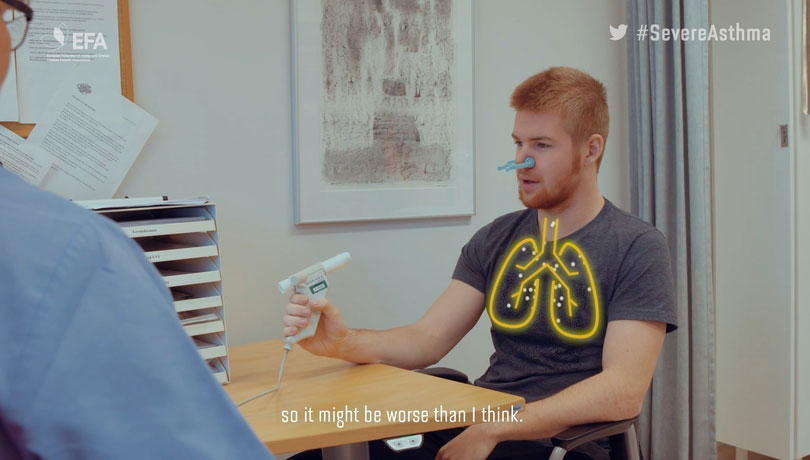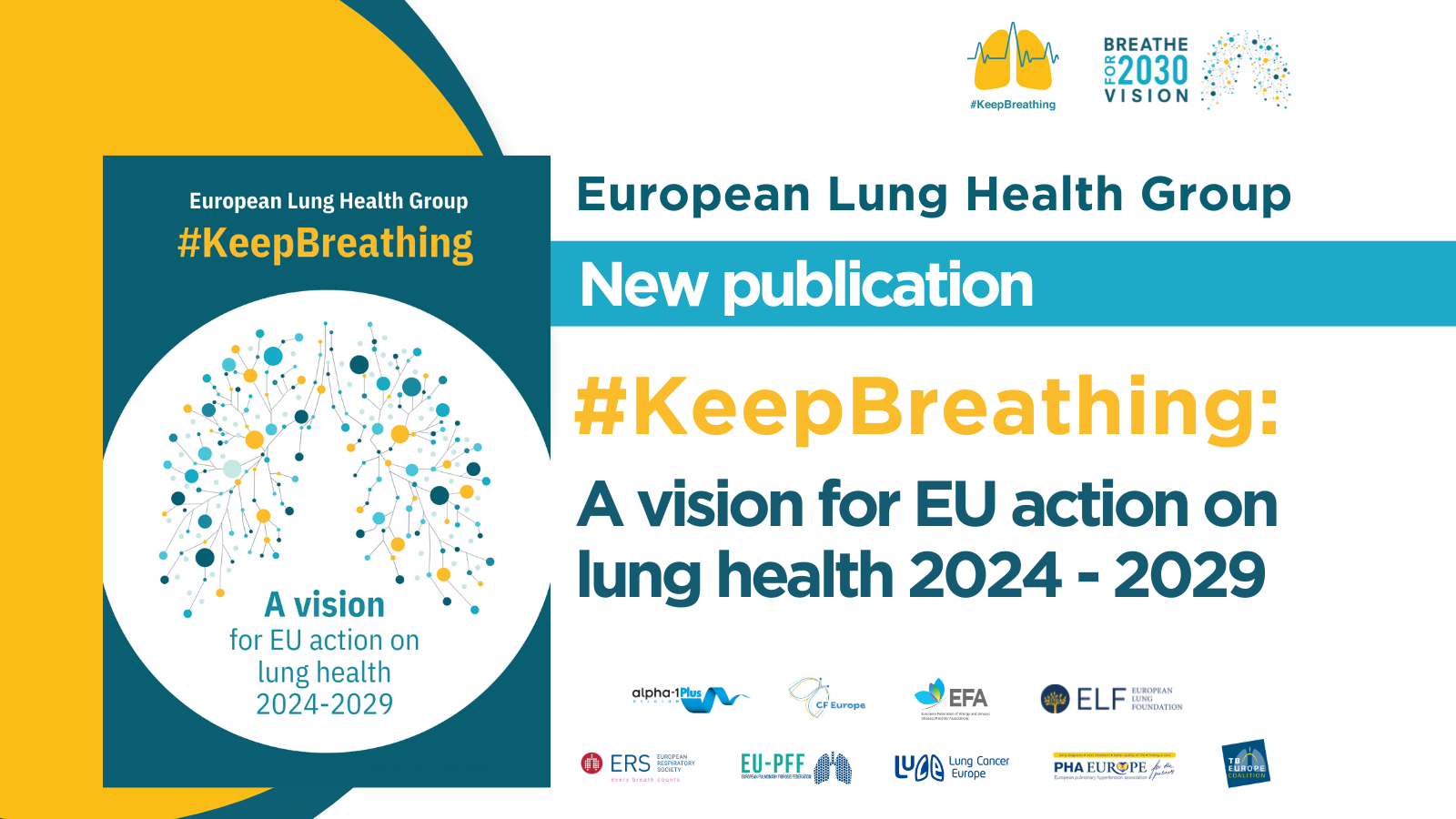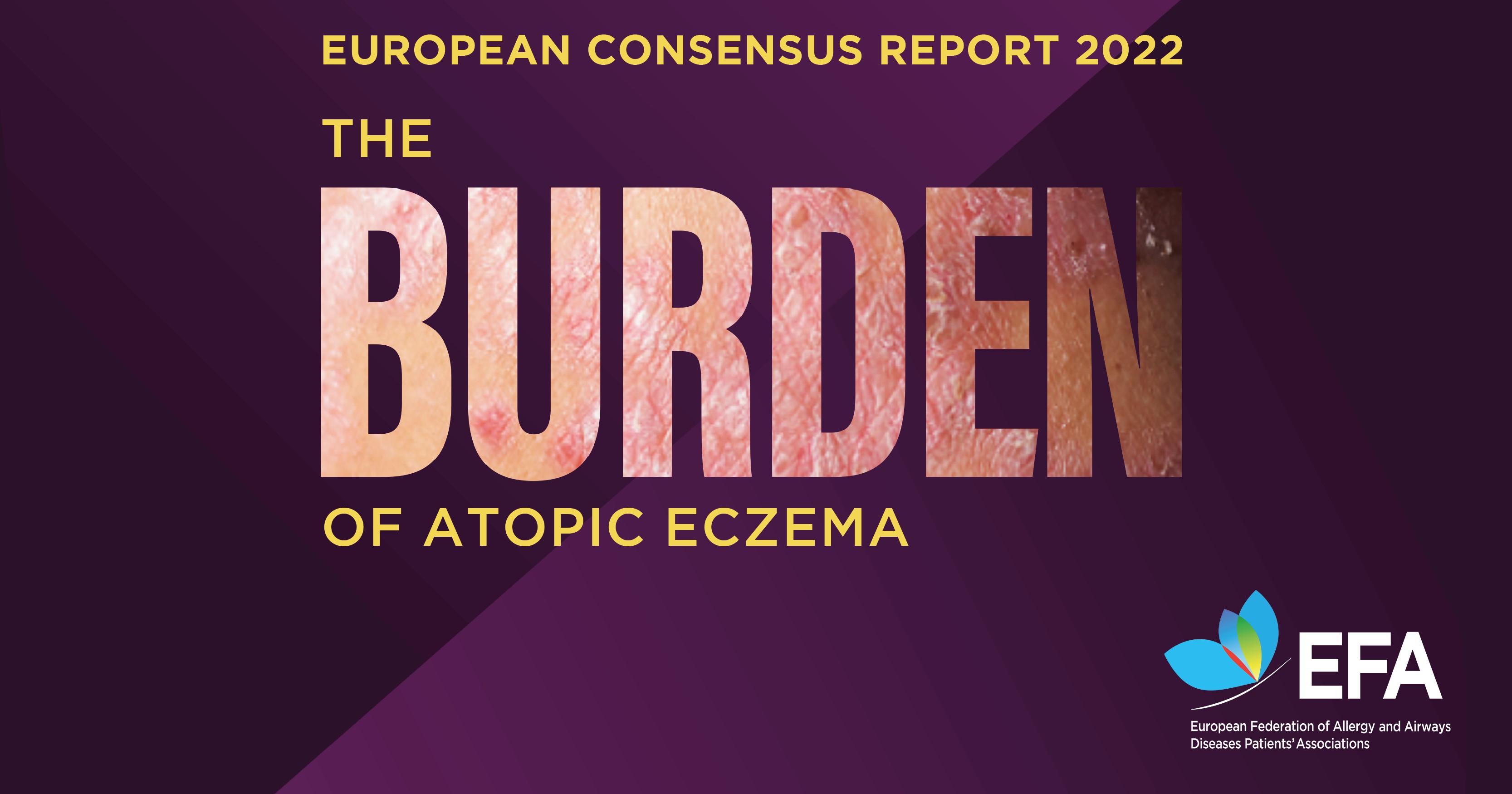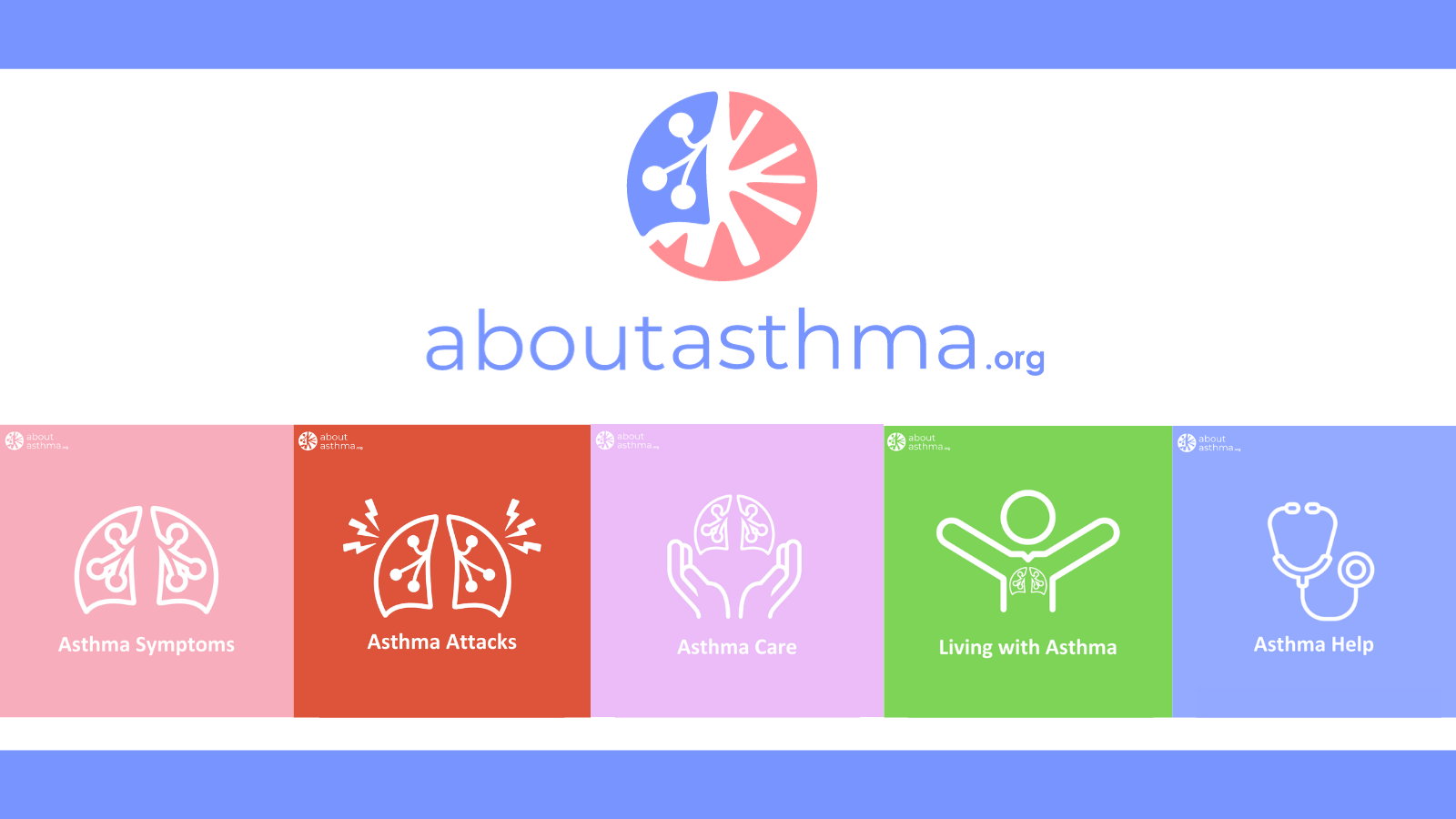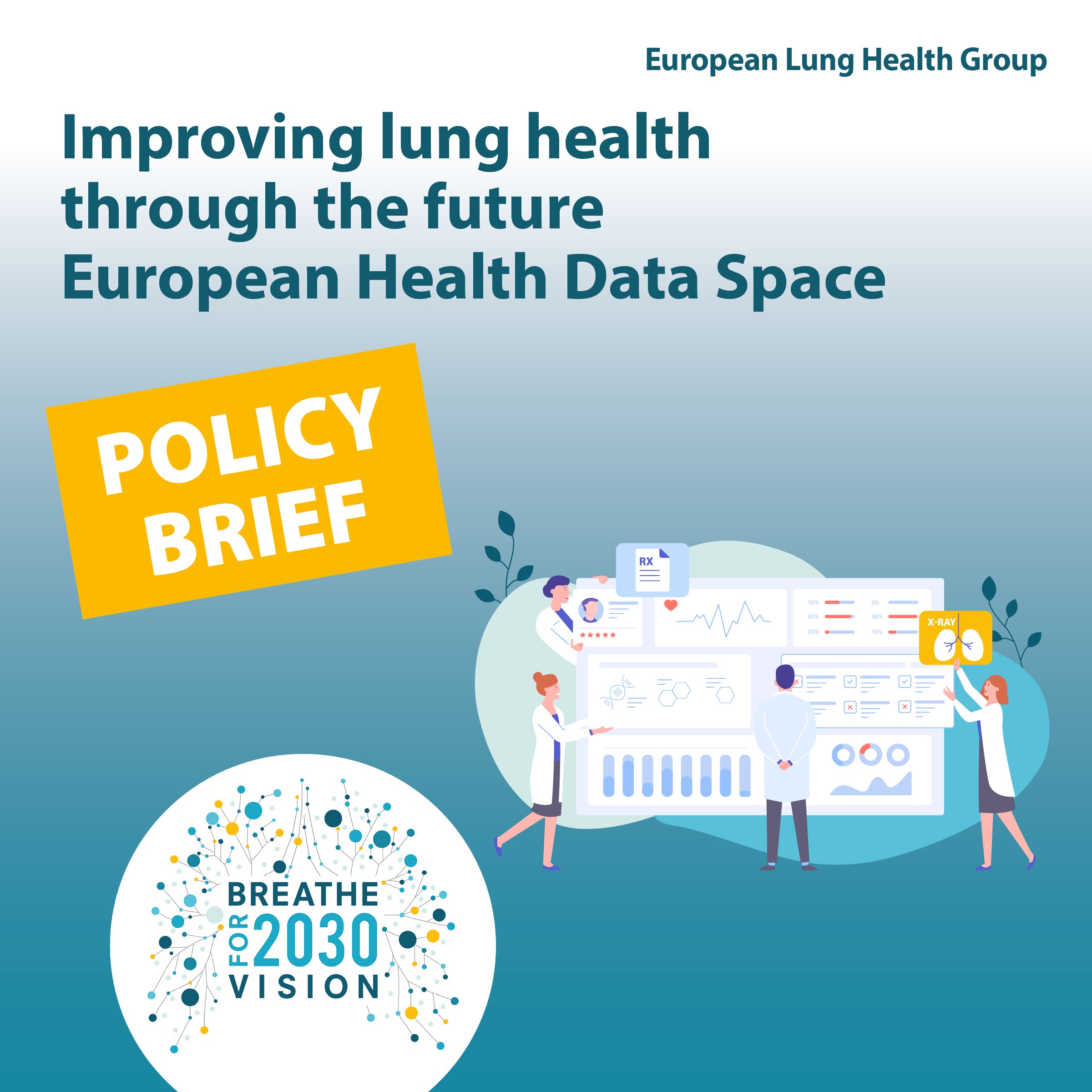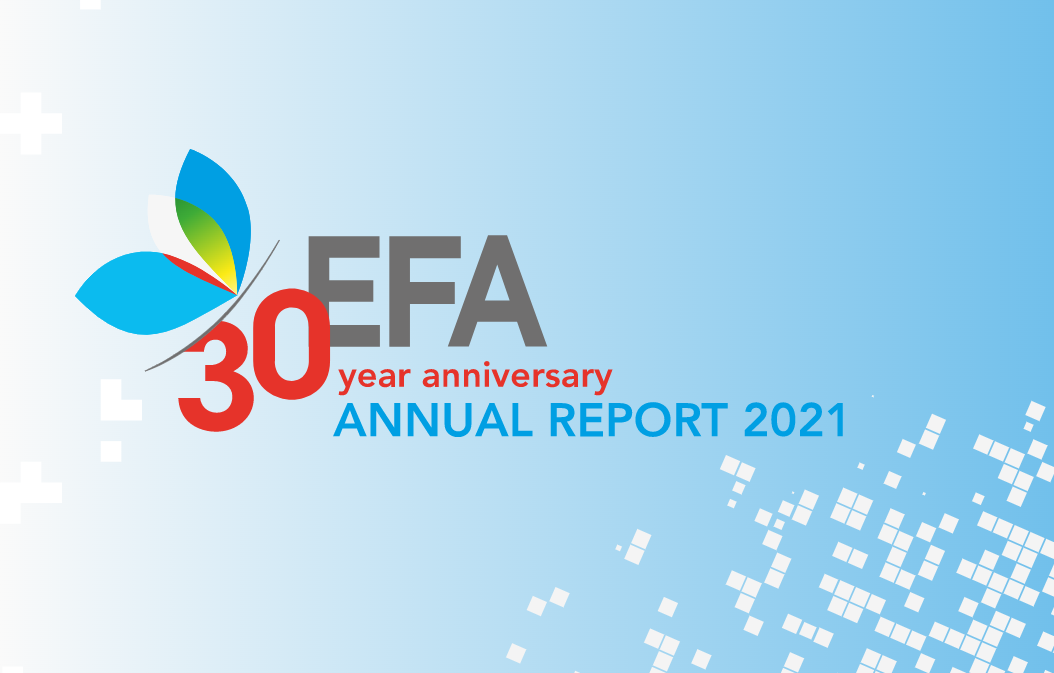A new report published by the European Environment Agency (EEA) presents an overview and analysis of air quality in Europe, with a focus on 2013. 2013 is the latest year for which there are available and processed data.
The report reviews the progress made towards meeting the requirements of the Air Quality Directives and gives an overview of the latest findings and estimates on population exposure to the air pollutants with the greatest impacts on health in Europe, as well as an overview of the effects of air pollution on human health and ecosystems.
The analysis indicates that air quality policies have delivered many improvements, although considerable impacts on human health persist: most city dwellers continue to be exposed to air pollutants at levels deemed unsafe by the World Health Organization (WHO).
Main findings:
- Particulate matter can cause or aggravate cardiovascular and lung diseases, heart attacks and arrhythmias. It can also cause cancer. In 2013, 87% of the urban population in the EU were exposed to PM2.5 concentrations that exceeded the WHO value set to protect human health. The air quality standard in the EU is less strict and only 9% were exposed to PM2.5 above the EU target value.
- Ozone exposure in cities remains very high – 98% of the EU-28 urban population were exposed to O3 concentrations above the WHO guideline value in 2013. Some 15% were exposed to concentrations above the (less strict) EU target value for O3.
- Nitrogen dioxide affects the respiratory system directly, but also contributes to the formation of PM and O3. In 2013, 9% of the urban population in the EU-28 were exposed to NO2 concentrations above the WHO and identical EU standards, with 93% of all exceedances occurring close to roads.
- Benzo(a)pyrene (BaP) is an organic pollutant that is carcinogenic. Typically formed as a result of wood burning. A quarter of the EU-28 urban population were exposed to BaP concentrations above the target value in 2013, and as much as 91% were exposed to BaP concentrations above the estimated reference level based on WHO risk figures.
- Sulphur dioxide (SO2) emissions have been reduced significantly over past decades as a result of EU legislation requiring the use of emissions scrubbing technology and lower sulphur content in fuels. There were only a few exceedances of the SO2 EU limit value in 2013.
You can read the report in full here. Find out more about our activity in the area of air pollution here.

